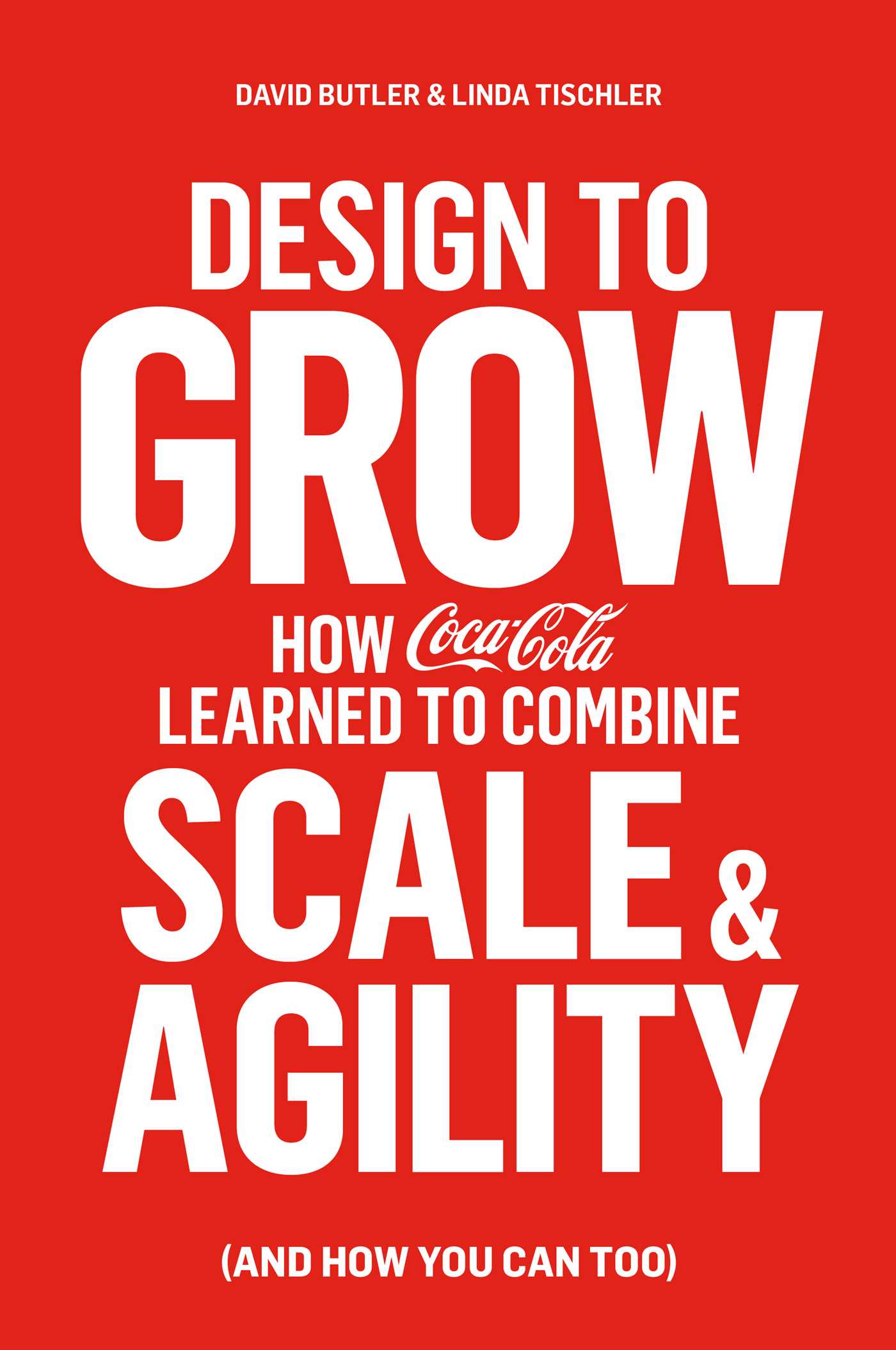Design to Grow Summary
4 min read ⌚
 How Coca-Cola Learned to Combine Scale and Agility (and How You Can Too)
How Coca-Cola Learned to Combine Scale and Agility (and How You Can Too)
Design can get your company and product noticed and increase its scale and agility.
In our summary of “Design to Grow” we show you how you can use design principles to create a balance between scale and agility. You will also learn why it is essential for every employee to contribute to your company’s design efforts.
If you decide to read the book, you will find this information wrapped in the story of the Coca-Cola Company’s utilization of design, which helped them expand from one to hundreds of products.
But, let’s take it slow and begin with the basics.
Read on.
Who Should Read “Design to Grow”? and Why?
The design is vital for each part of your operation. In “Design to Grow”, David Butler and Linda Tischler argue that design, because of its importance, should be everyone’s responsibility.
According to them, the design is an intentional connection between things for the purpose of solving problems.
The most significant problem of your business is balancing agility and scale. The solution for it is designing all aspect of your business to support each other and your brand.
We recommend “Design to Grow” to marketers and entrepreneurs who want to develop and grow by design.
About David Butler and Linda Tischler
David Butler, vice president of innovation and entrepreneurship at the Coca-Cola Company and its former VP of global design, leads the Coca-Cola Founders initiative, which helps start-up entrepreneurs.
 Linda Tischler is an editor at Fast Company magazine.
Linda Tischler is an editor at Fast Company magazine.
“Design to Grow Summary”
Design can do many things.
It can solve the problems you face by making things less complicated. It can help your firm adapt and grow. It can make things easier to use.
To use its power, think of your concept of design.
Most people think that design and aesthetics are the same things.
However, the design is much more than just packaging, logos or the look of products. Design means connecting all elements of a particular system in a way that shows increased efficiency.
In other words, there are two parts to design. First, a visible design which consists of everything that your customers can see: your offices, your website, your customer service. And second, invisible design, which consists of everything that your clients cannot perceive, but that is an indivisible part of the way you deliver your product: your company culture, internal processes, strategic partnerships et cetera.
The only way to have a great design is to make a right combination of the two.
Hence, apply this concept of connection that defines good design in every aspect of your business, including manufacturing, branding, packaging, and distribution.
Create a culture in your company that pushes everyone in it to think like a designer. Enable your employees’ participation in the process and build your internal design process as an open system.
This means that you should provide simple templates, formats and software tools which will enable anyone to create designs and create a harmony with your brand.
In the contemporary market, you have to adapt and develop, while at the same time remaining flexible enough to respond to changing events and conditions.
Design can create a balance between these at times conflicting ambitions.
Businesses of all sizes, from start-ups to established multinational companies, work hard to balance between scale and agility.
Start-ups are naturally agile. They can quickly change their direction by starting to follow a new business plan or recreating and rebranding products. As a result, they are great at innovation.
However, they do not excel at having a scale that would ensure their long-term survival on the market.
To go beyond the start-up stage, organizations have to work on building its team of employees, win and keep customers, and start generating profits.
Big companies, on the other hand, have the complete opposite problem.
They are capable of leveraging scale by utilizing the power of their customer base, brands, and their distribution system, all of which allow them to pursue global expansion.
However, they have to work on cultivating agility, so they do not risk losing their competitive edge when they are faced with fast technological advancements and challenges posed by the innovative environment.
Key Lessons from “Design to Grow”
1. Design for Scale
2. Design for Agility
3. Codesign
Design for Scale
Most of all start-ups fail. The scale is usually the reason why.
In other words, start-ups frequently fail to meet increasing demand without decreasing their service or product quality or their earnings.
Designing for scale is a process consisted of three parts:
-
- “Simplify”
-
- “Standardize”
- “Integrate”
Design for Agility
Being flexible means that you can learn quickly. One way of doing it is learning by doing, a process which you can implement a strategy of planning backward.
What do we mean by this?
Well, instead of thinking of a plan and measuring its results, do the opposite: start with the results and create your plan around them.
To get the results, launch a rough, working version of the product, measure its performance, and use what you learn to improve the product.
Codesign
The next significant development in doing business could be a new kind of collaboration between small startups and large corporations. This kind of partnership would help companies leverage their scale and agility.
Together, small and large organizations could work on codesigning strategies and products that could not be launched otherwise.
Like this summary? We’d Like to invite you to download our free 12 min app, for more amazing summaries and audiobooks.
“Design to Grow” Quotes
Bad design is the default mode, since it takes the least effort to create. Share on X We’re all designers now. It’s time to get good at it. Share on X In 2013, for example, a seventeen-year-old Australian teenager living in England built a content-shortening app, called Summly, in his bedroom, which he promptly sold to Yahoo for a reported thirty million dollars. Now, imagine the next… Share on XOur Critical Review
Butler and Tischler present a significant amount of theory in their book “Design to Grow.” They illustrate their ideas with particular stories at Coca-Cola.
They write in a conversational style and stay away from using design jargon, which makes the book understandable for any reader.
The only slight problem is that they tend to bounce among topics unpredictably.
Emir is the Head of Marketing at 12min. In his spare time, he loves to meditate and play soccer.


 How Coca-Cola Learned to Combine Scale and Agility (and How You Can Too)
How Coca-Cola Learned to Combine Scale and Agility (and How You Can Too)




